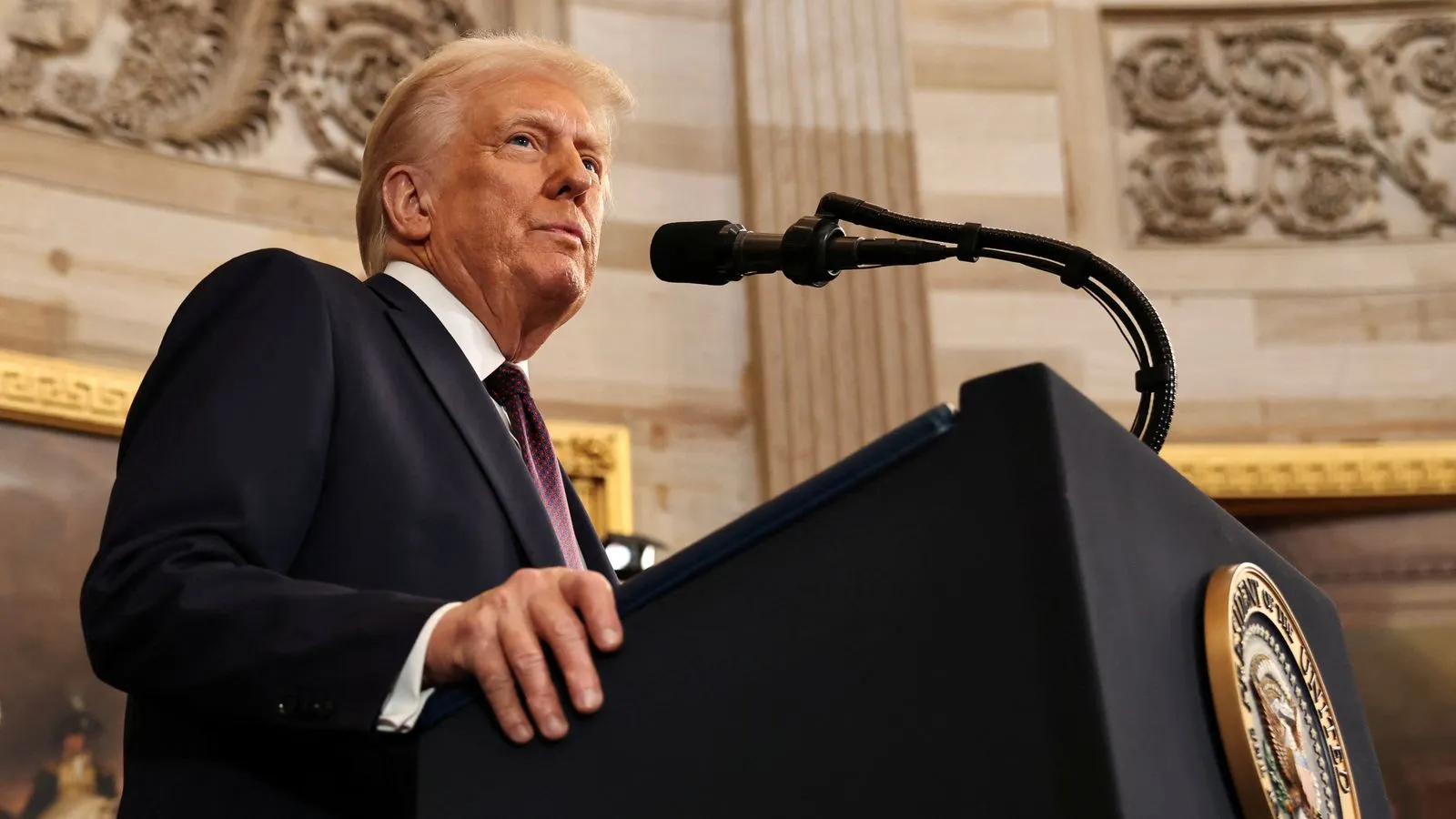Is the Paris Climate Treaty at a Breaking Point? What You Need to Know!
In the high-stakes arena of global climate action, the Paris Climate Agreement stands at a critical crossroads, challenging the international community’s commitment to combating the escalating climate crisis. Signed in 2015 by 196 countries, the treaty represents humanity’s most ambitious collective effort to address the existential threat of global warming.
The Current Climate Landscape
The Paris Agreement’s core mission is ambitious yet simple: limit global temperature rise to well below 2°C above pre-industrial levels. However, recent developments suggest the treaty might be struggling to meet its fundamental objectives. Global greenhouse gas emissions continue to rise, casting significant doubt on the effectiveness of current international climate strategies.
Key Challenges Facing the Treaty
-
Emission Reduction Shortfalls
- Many countries are failing to meet their Nationally Determined Contributions (NDCs)
- Current trajectories indicate potential temperature increases far beyond the agreed limits
- Lack of binding enforcement mechanisms weakens implementation
-
Financial Commitments
The treaty’s financial framework promised $100 billion annually from developed nations to support developing countries’ climate adaptation efforts. Unfortunately, this commitment remains largely unfulfilled, creating tensions between global north and south.
Geopolitical Dynamics
The United States’ diplomatic journey with the Paris Agreement epitomizes the treaty’s complexity. Withdrawn under one administration and rejoined under another, the U.S. exemplifies the political volatility surrounding climate commitments.
“We are the first generation to feel the effect of climate change and the last generation who can do something about it.” – Barack Obama
Critical Turning Points
The recent COP28 global stocktake revealed several uncomfortable truths:
- Current national climate strategies are insufficient
- Greenhouse gas emissions continue to increase
- Vulnerable nations bear disproportionate climate impacts
The Role of Fossil Fuel Industries
Powerful fossil fuel lobbies continue to influence national policies, creating significant resistance to meaningful climate action. This dynamic represents one of the most substantial challenges to the Paris Agreement’s success.
Youth and Activism: A Beacon of Hope
A powerful global youth movement has emerged, demanding more aggressive and accountable climate strategies. These activists argue that incremental changes are no longer acceptable in the face of escalating climate emergencies.
Technological and Economic Considerations
The transition to renewable energy sources remains crucial. Countries investing heavily in green technologies demonstrate that economic growth and environmental sustainability can coexist.
Looking Forward: Potential Scenarios
- Accelerated Reform: Countries dramatically increase climate ambitions
- Gradual Adaptation: Incremental improvements continue
- Potential Breakdown: International cooperation fractures
Conclusion: A Pivotal Moment
The Paris Climate Treaty is not dead—but it is undoubtedly at a critical juncture. Success will require unprecedented global cooperation, bold political leadership, and a genuine commitment to transformative action.
Quick Facts
- Established: 2015
- Participants: 196 countries
- Primary Goal: Limit global temperature rise
- Next Major Review: COP28 in 2025
The world is watching, and time is running out.
Disclaimer: This analysis represents an objective assessment of the current state of the Paris Climate Agreement based on available scientific and diplomatic information.






Leave a Comment